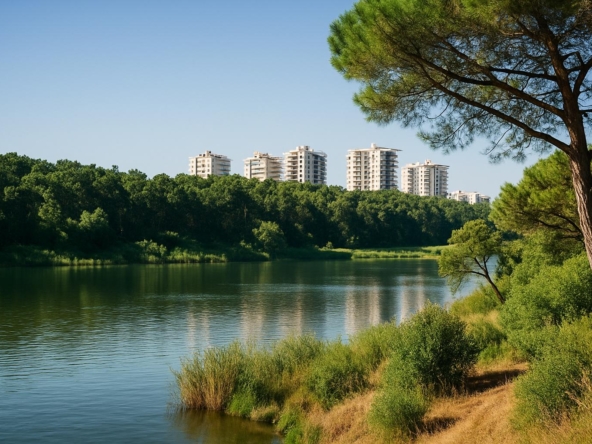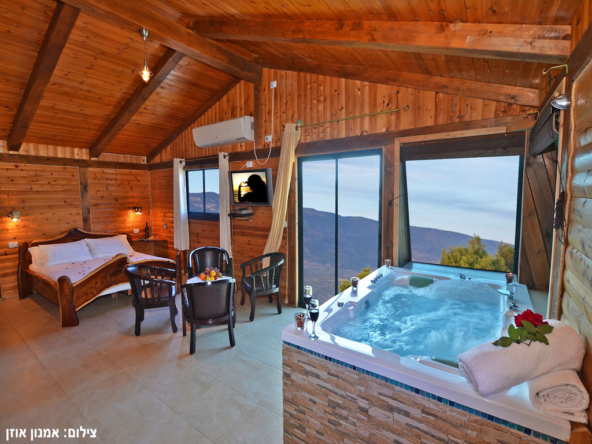What is ”Bniya mitkademet” or ”advanced construction”?
The field of ground floor construction in Israel suffers from a lack of innovation. Contractors build exactly as they did 50 years ago. Although materials are more advanced, concrete is stronger, but construction methods remain more or less the same. Building using an old method does not take advantage of the benefits of new materials; for example, in winter, the wall is frozen, and in summer, it is boiling. In developed countries, Europe, and particularly the United States, have embraced the construction method with a steel frame. This method adopts the development of technologies using advanced insulating and acoustic materials.
In Israel, many have begun to adopt advanced construction methods that abandon the traditional concrete skeleton in favor of a steel skeleton that replaces the obsolete block with high-quality layered insulation walls. Smart and advanced construction leads to energy consumption savings (air conditioning and heating), which can result in savings of about 30% on the electricity bill.
Not only is the result better, but so is the construction process itself. Israeli families who have experienced the traditional construction method know how problematic it is. It generally takes a year to a year and a half for the builder to confront many professionals, some of whom have questionable work ethics, contractors charging for any change in plans, and a construction budget that quickly loses all connection to the initial budget.
At first glance, all these reasons are supposed to push forward with advanced construction methods, from characterization and planning to obtaining permits to final execution. However, a market review reveals that advanced construction methods are still marginal. Israel remains conservative, unjustly. For proof, the opinion of industry experts is that it will take time before such construction occupies a large share of the Israeli construction market.
When you ask what advanced construction is, it generally refers to construction with a steel frame, combined with a concrete floor and reinforced concrete. The walls of the building are multilayered and form a massive wall 22 cm thick with improved insulation. The wall is covered with familiar finishing materials, such as decorative plaster and various types of stone.
What is more valuable? A house built with a steel frame or concrete?
So, how much is a steel house really worth?
In light of the experience accumulated in recent years in companies that build using advanced methods, the value of a house using an advanced method is not less than the value of a conventional house and may even exceed it.
If construction works so well, why doesn’t everyone build this way?
Such was the response of architect Noam Osterlitz to the question posed during a television interview. “Simply because we have become accustomed to living in poorly constructed houses that heat up in winter and cool down in summer.” Over time, more and more people realize that there is technology today that works to their advantage.
The growth of global first construction is 50% per year!! This is an astonishing statistic. In the United States, the amount of steel used to build steel-framed houses has surpassed the amount of steel consumed by the automotive industry. In the United States, 20% of all houses built are constructed with a steel frame.



